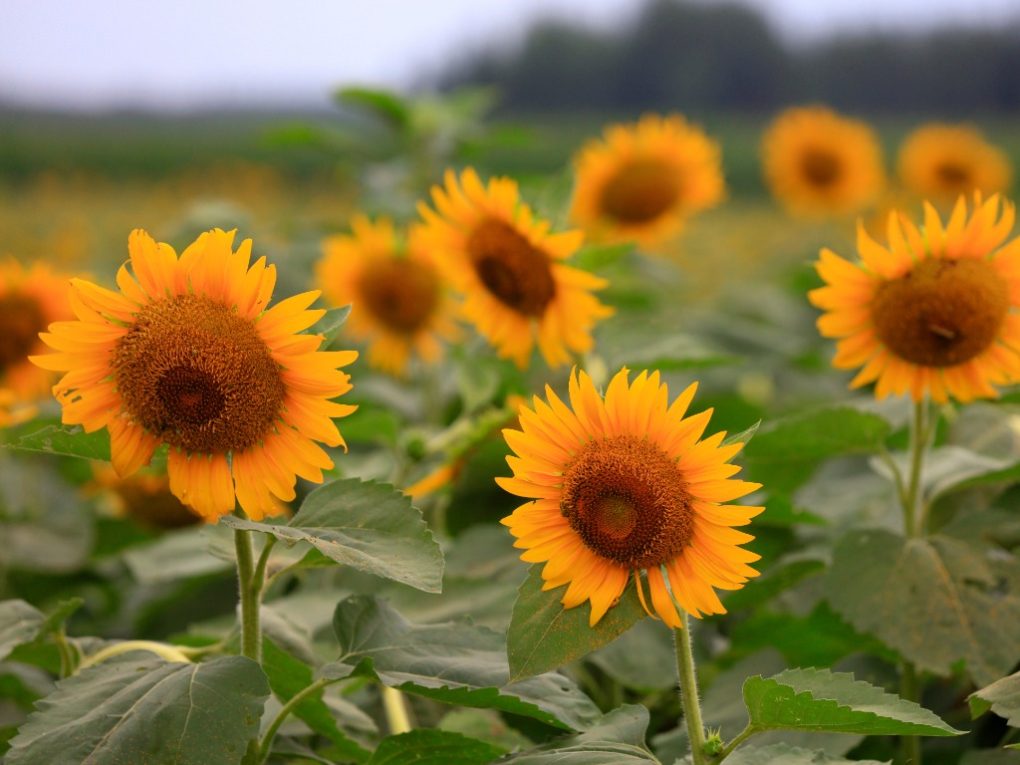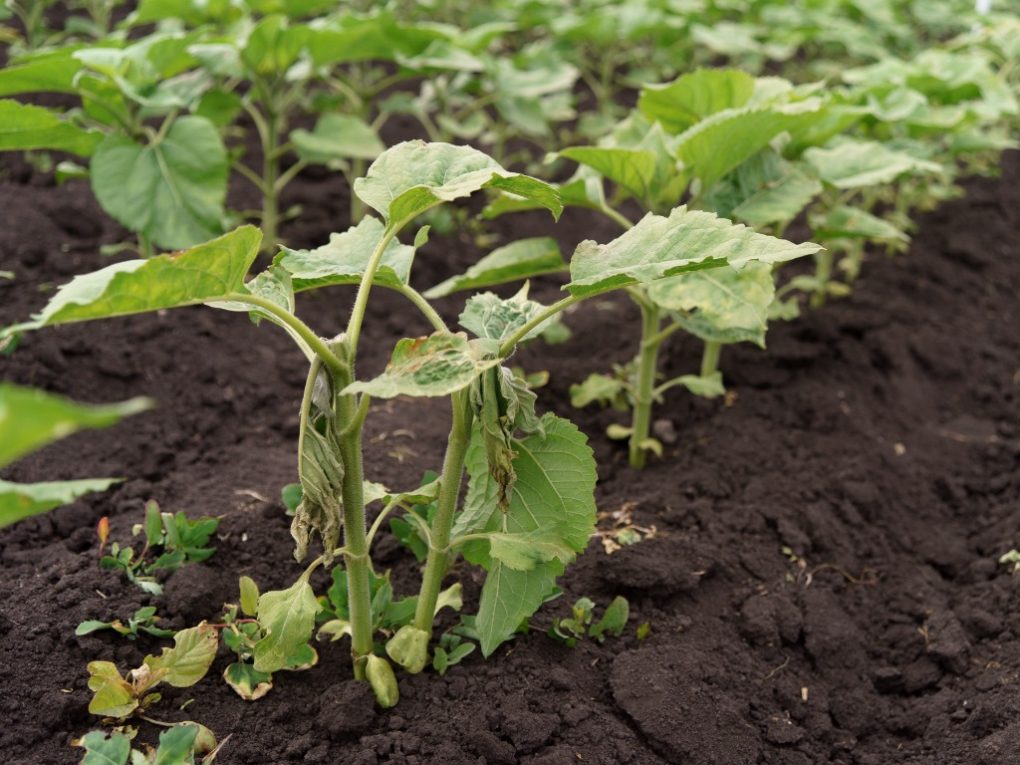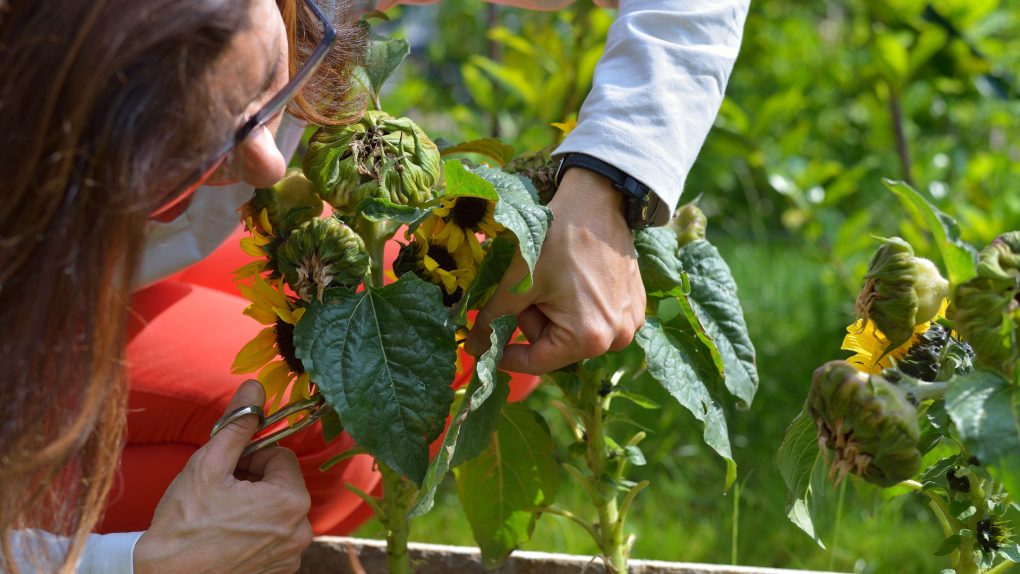Do Dwarf Sunflowers Return the Next Year? Exploring the Annual Cycle of Dwarf Sunflowers
Dwarf sunflowers (Helianthus annuus) do not return the next year, as they are annual plants. This means they complete their life cycle—from germination to seed production—in just one growing season. They will wither and die once they’ve produced seeds and their flowering period has passed.

However, if you allow the seeds to naturally disperse or save and replant them, new dwarf sunflowers can grow the following year. So while the same plant won’t return, you can easily grow new sunflowers in the same area by spreading the seeds or planting them yourself.
Table of Contents
Factors Affecting Sunflower Return
Dwarf sunflowers are popular for gardeners due to their vibrant colors, compact size, and easy-to-grow nature, but whether or not they come back the next year depends on several factors.
Climate and Temperature
Dwarf sunflowers are annual plants, which means they complete their lifecycle in one year. However, they can self-sow and come back the next year if the conditions are right. Climate and temperature play a crucial role in determining whether or not dwarf sunflowers will return. These plants prefer warm temperatures and full sun and do not tolerate frost or freezing temperatures. In areas with mild winters, dwarf sunflowers may self-sow and come back the next year. However, in colder regions, they may not survive the winter.
Soil and Nutrients
The quality of the soil and the nutrients available also play a significant role in determining whether or not dwarf sunflowers will return. These plants prefer moderately fertile, well-drained soil. In heavy clay soil or too sandy soil, they do not grow well. For this reason, gardeners should amend their soil with organic matter, such as compost or well-rotted manure, before planting dwarf sunflowers. Additionally, dwarf sunflowers require regular fertilization throughout the growing season to ensure that they have enough nutrients to produce healthy blooms and seeds.
Pests and Diseases

Dwarf sunflowers are susceptible to several pests and diseases that can affect their ability to return the next year. The most common pests that attack these plants include aphids, spider mites, and caterpillars. Gardeners can prevent pest infestations by practicing good garden hygiene, such as removing dead plant material and cleaning the garden. Additionally, dwarf sunflowers are susceptible to several diseases, including Sclerotinia stem rot, which can cause the plants to wilt and die. Therefore, gardeners should rotate their crops to prevent disease and avoid overwatering the plants.
Caring for Dwarf Sunflowers
Planting and Watering
Planting dwarf sunflowers is a simple process. Plant the seeds in late spring when there is no more threat of frost. You should choose a spot that receives full sun and has well-drained soil. Maintain a moist environment until germination occurs. Once the seedlings are established and have true leaves, thin them out to one plant per 6-inch pot or 3 plants per gallon container. Dwarf sunflowers do not like root disturbance, so be careful when transplanting them.
Watering is essential for dwarf sunflowers to thrive. Water them regularly, but make sure the soil dries out between watering. Overwatering can cause the roots to rot and kill the plant. A good rule of thumb is to water when the top inch of soil feels dry.
Fertilizing
Dwarf sunflowers do not require a lot of fertilizer, but they will benefit from a balanced fertilizer once a month during the growing season. You can use a slow-release fertilizer or a diluted liquid fertilizer. Be careful not to over-fertilize, which can cause the plant to produce more leaves than flowers.
Pruning and Deadheading
Pruning and deadheading are unnecessary for dwarf sunflowers but can help the plant produce more flowers. Pinch off the top of the stem when the plant is about 12 inches tall to encourage branching. Deadhead the spent flowers to prevent the plant from putting energy into seed production. This encourages the plant to produce more flowers.
Caring for dwarf sunflowers is straightforward. These beautiful flowers will thrive and brighten up any garden with proper planting, watering, fertilizing, and pruning.

Harvesting and Saving Seeds
Dwarf sunflowers are annuals, meaning they complete their life cycle in one growing season. However, they can grow each year if they are allowed to self-seed. The following steps can be taken to harvest and save the seeds:
- Allow the flower head to dry on the plant.
- Once the flower head has turned brown and the back of the head is yellow, it is ready to harvest.
- Cut the head off the plant, attaching a few inches of stem.
- Hang the heads upside down in a dry, well-ventilated area until the seeds are completely dry.
- Remove the seeds from the head and store them in an airtight container in a cool, dry place.
It is important that sunflower seeds can be a food source for birds and other wildlife, so leaving a few heads in the garden for them to enjoy is recommended.
Additionally, it is important to properly label and date the container holding the seeds to ensure they remain viable for future planting. Stored properly, sunflower seeds can remain viable for up to five years.
